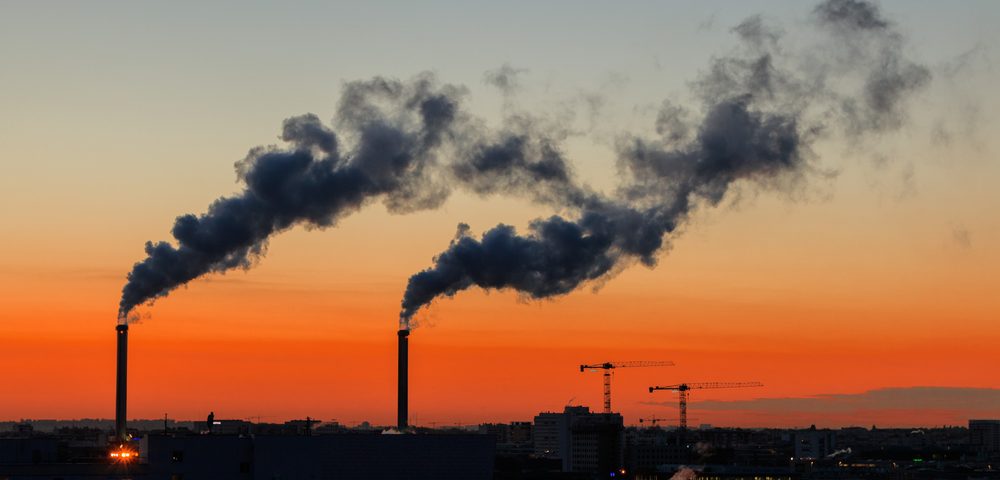Higher levels of air pollutants increase the risk of hospitalizations for lung-associated conditions, including bronchiectasis, asthma, and chronic obstructive pulmonary disease (COPD), an Iranian study has found.
The study, “Acute Effects of Air Pollution on Hospital Admissions for Asthma, COPD, and Bronchiectasis in Ahvaz, Iran,” was published in the International Journal of Chronic Obstructive Pulmonary Disease.
Air pollution is known to cause damage to lungs and increase the risk of lung diseases.
Ahvaz, a city in southwestern Iran, has a history of pollution-associated problems, which are further complicated by sand storms in the area. The current rate of asthma in Ahvaz is twice the national average.
Researchers at Ahvaz Jundishapur University of Medical Sciences investigated the connection between short-term air pollutant exposure and hospitalizations for asthma, bronchiectasis, and COPD. To do this, they looked at levels of various pollutants in the air, measured over the course of a decade (2008–2018), and looked for associations between changes in these levels and the frequency of hospitalizations at two large hospitals in Ahvaz.
The specific pollutants measured included carbon monoxide (CO), ozone, nitrogen oxides (NOx), sulfur dioxide (SO2), and particulate matter in the air, which was named based on size: PM2.5 for particles under 2.5 µm in diameter, and PM10 for those under 10 µm in diameter.
In total, the study period included hospitalizations that were bronchiectasis-related (1,994), asthma-related (3,090), COPD-related (4,534).
Changes in particulate matter levels were found to be significantly associated with differences in all three diseases. In the total population, each 10 μg/m3 increase in PM2.5 boosted the risk of asthma hospital admissions by 0.4% and the likelihood of COPD by 0.3%. For every 10 μg/m3 increase in PM10, the risk of bronchiectasis hospital admissions increased by 0.3%.
NOx levels were significantly associated with COPD and asthma. In the total population, for every 10 μg/m3 increase, the risk of asthma hospitalization was up to 4% higher, while the risk of COPD hospitalization increased by up to 2.1%, depending on the specific nitrogen oxide in question.
For every 10 μg/m3 increase in SO2, the risk of bronchiectasis hospitalization increased by up to 3% in the total population. This pollutant was also associated with a 6.9% increase in asthma hospitalizations, though only among people older than 60.
In turn, for every 10 μg/m3 increase in CO levels, the risk of bronchiectasis hospitalization increased by up to 54.2% in the total population, while that of COPD increased by 64.3% among women.
Importantly, the links between these pollutants and the three respiratory disorders were seen across men, women, adults, and the elderly.
“The results showed that air pollutants … were associated with the risk of hospital admissions due to asthma, COPD, and bronchiectasis,” the researchers wrote.
“This study emphasizes the need to reduce air pollution in Ahvaz,” they added.

